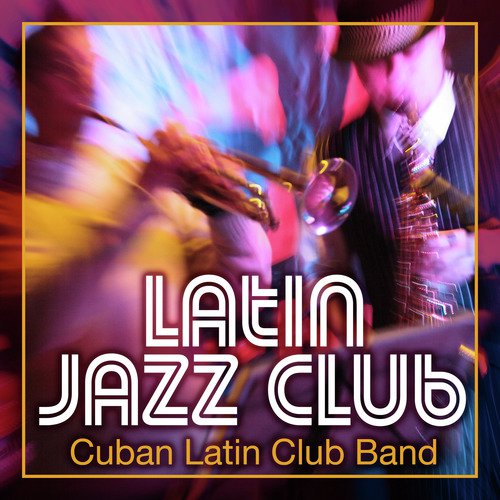

A second vocalist, Raul Diaz, takes a scat solo, joined by the honking saxophone of Bob Hernandez.

The song is a wild mix of styles, with Tosti thumping the bass while singing in the sly, lusty style of the blues shouters. With “Pachuco Boogie,” Don Tosti delivered the goods. By the time Tosti recorded his tune in ’48, the scene was still going strong, waiting for something positive to rally around. Although the pachuco subculture met with harsh repression from the city’s Anglo establishment, it persisted throughout WWII.
HEY PACHUCO LYRICS SERIES
The zoot-suiters gained notoriety in a series of wartime brawls fought against enlisted soldiers and sailors on leave in the big port city. Many pachucos were also in tough, violent gangs, some of which moved into the Chicano neighborhoods of 1940s LA. They cruised into nightclubs and dance halls throughout the Southwest to take part in America’s new youth culture. Tosti, who counts himself as one of only a handful of Mexican Americans to succeed in the big band jazz scene, had tapped into the powerful new culture of the pachucos, or so-called “zoot-suiters.” They were the first wave of young Latinos to assert themselves in American popular culture, adopting the hepcat style and flashy clothing of swing musicians such as Cab Calloway. “It’s about a guy from the country coming to LA to hang out and be cool: ‘ Vengo del paciente vez/Un lugar que le dicen El Paso … I’m coming from El Paso/where pachucos like me come from/I came to LA, man, to show off my new clothes/because it’s very cool.’ “

As he recalls the session from five decades back, the jazzman can still sing out all the lyrics. “That was the first rap song sung in Spanish,” says the 79-year-old Tosti, speaking from his home in Palm Springs. But unlike his African-American counterparts, Tosti sang in a rapid-fire, nearly impenetrable Spanish dialect known as calo, a streetwise slanguage he learned as a child in the barrios of El Paso, where he grew up. “Pachuco Boogie” was a novelty jive tune - a bluesy number like those of Slim Gaillard or Louis Jordan - which featured plenty of slang and a driving melodic beat. A new CD collection released on El Cerrito’s Arhoolie label, Pachuco Boogie: The Original Historic Recordings, aims to correct all that, gathering together prime examples of the unique style that Latin hipsters like Tosti created - the pachuco boogie.Ī Mexican-American swing player originally from Texas, Tosti added his own distinctive touch to pop music’s postwar crazy quilt with a dynamic R&B tune that melded raw, rocking jazz with the Chicano youth culture that had surfaced earlier in the decade. But while hillbilly bands and African-American groups broke into the mainstream, the innovative efforts of Mexican Americans during the postwar era stayed well off the cultural radar. The hard-core jazz of the beboppers burned its legacy onto wax, along with newly electrified urban blues, the rustic rhythms of honky-tonk country, and the rowdy new R&B combos that took over where the big bands left off. Suddenly, all the pent-up creative growth of the early ’40s exploded onto the postwar landscape. As the Second World War ended, so did the recording ban that had funneled vinyl into the war effort. When Los Angeles bandleader Don Tosti cut loose on the microphone in the historic 1948 session that would make him a star, popular music everywhere was going through radical changes.


 0 kommentar(er)
0 kommentar(er)
